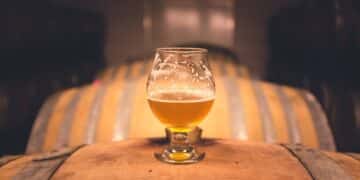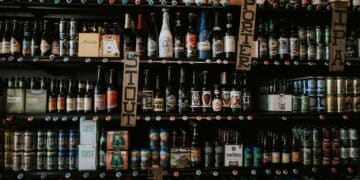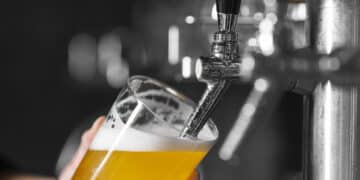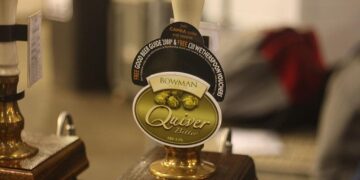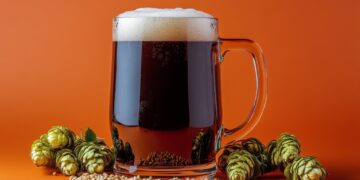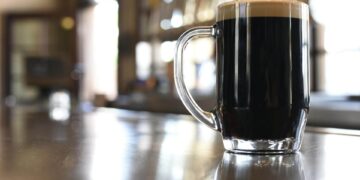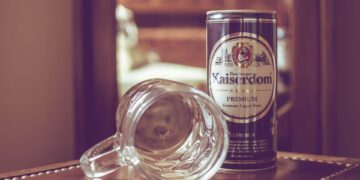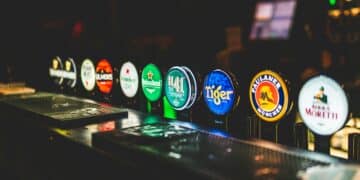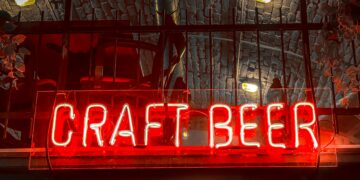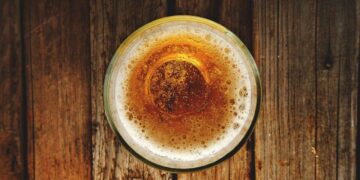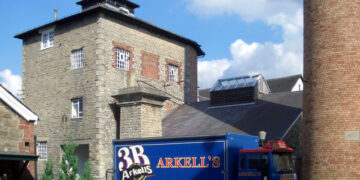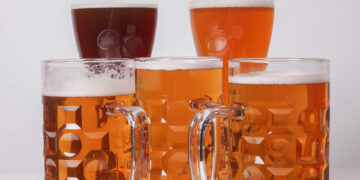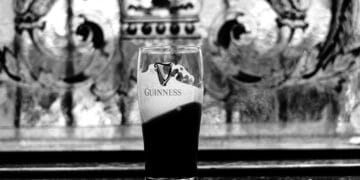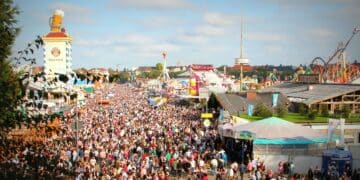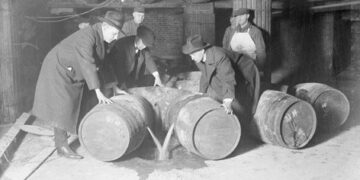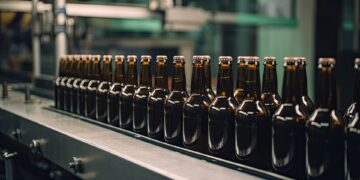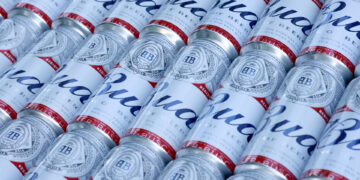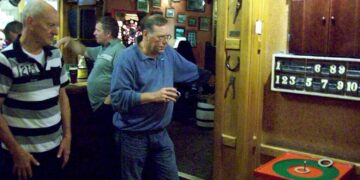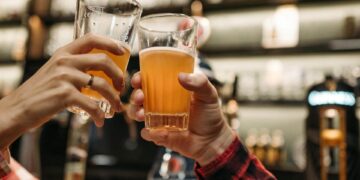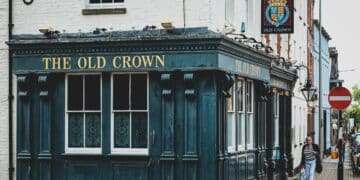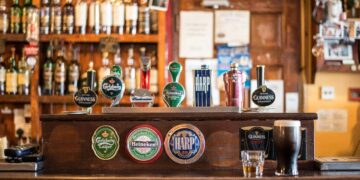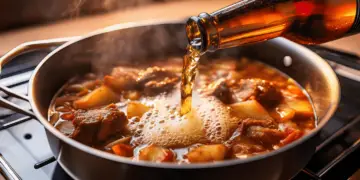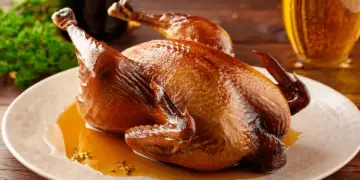A national drink that has long been derided and forsaken in favour of gassy, bland mass-produced lager is being embraced once again. Are we witnessing the rebirth of real ale in the UK?
The Death of the Real Ale Stereotype
The stereotype of the ale drinker as a middle-aged man with a big beard, big belly and big woolly jumper is long dead. He himself is alive and well and still swears by the stuff, but he’s been joined by an array of diverse drinkers who’ve at last cottoned on to its subtle and persuasive charms. “Even women have taken an interest”, gasped newspapers recently when statistics showed female ale quaffing had doubled over the previous year.
For the more discerning drinker it has long been one of the great mysteries of the world why many more people prefer a fizzy chemically treated pint of Stella or Carling over a flavoursome local ale, but it seems now more and people are realising the many reasons why ale is the wiser option.
Firstly, as Britain’s traditional beer, it’s the patriotic choice. In being produced locally by independent brewers and using natural ingredients, real ale is also both an ethical choice and good for the local economy. Unlike the line of indistinguishable lager taps found on many flash city bar tops, ale offers huge diversity and the prospect of innovative new brews as opposed to just colder versions of the previous ones. Lastly, but most significant of all, ale is tasty.
The British Pub Decline Gloom
The revival in interest in real ales offers a strong ray of hope at a time swamped by gloomy forecasts about the slow death of British pub culture.
One school of thought believes one of the key reasons for the decline of pubs, which have been closing at a dramatic rate of up to fifty a week, is declining quality. The beer that dominates the British pub is tasteless gaseous mass produced lager and it isn’t worth the money or the trip to the local when a similar standard is available much cheaper at the supermarket.
The Brits’ love affair with beer and the local pub is not coming to an end, it’s just bad beer and bad pubs have reached a saturation point and a change is due.
Golden Ale Age
Many believe that Britain’s traditional beer offers some kind of salvation. After all while sales of lager are falling, real ale is actually on the rise. As varied, regional and delicious product that is only available at pubs, it seems that real ale is still worth going out and spending money on.
Those pubs that actively promote local breweries and offer their customers a range to sample are the watering holes more likely to survive and even prosper.
Rather than see the pub decline as wholly negative situation it is hoped that it has in fact facilitated an ale revival. With now over 670 ale brewers practicing their craft in Britain, more than any time since the Second World War, and sales of real ale rising during 2009 for the first time in 27 years, we may be on the verge of a golden age of real ale.
Modern Ale Brewing
A key factor in its rise is that homegrown brewing industry itself has started to shake off its old and musty aura. Although grounded in Britain’s great brewing heritage, many of the new microbreweries and brewpubs are very much a fresh modern phenomenon that tap into contemporary concerns about natural and organic produce, local business and the overbearing influence of multi national breweries, as well as more contemporary and forward thinking beer types.
Influenced by experimental craft brewers in the USA, the Czech Republic and the Netherlands, we now have innovative brewers like Brewdog, who have become high profile not only because their ironic marketing as the “bad boys of British brewing” but because they promote a break away from more traditional beer practice. Instead of overly familiar 3% and 4% English bitters, they believe the way forward is spikier and more international brewing styles, such as their own Bohemian dark lager inspired Punk IPA.








